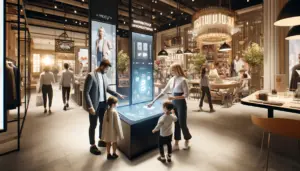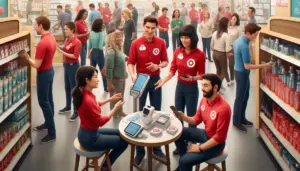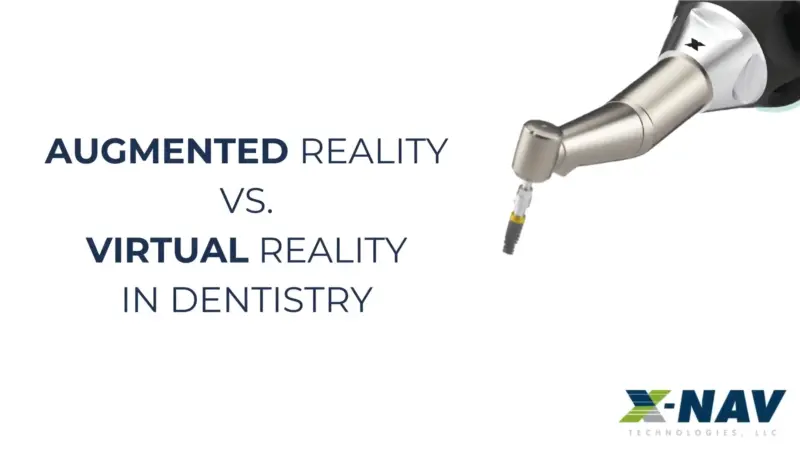Interoperability Can’t Have a “One-Size-Fits-All” Solution to Support Health Equity Goals
At HIMSS 2023, health equity couldn’t have been a more important focus for companies across every slice of the healthcare ecosystem. And with healthcare going through its own Industry 4.0 revolution with mass adoption of medtech, telehealth services, and cloud services, it’s becoming clearer that health equity needs to intersect with goals for technology interoperability if it’s to be an achievable and realistic vision for healthcare.
Interoperability, the coordinated exchange of data between different information systems, devices, and applications, plays a crucial role in advancing health equity by addressing the digital divide and social determinants of health. By ensuring broad interoperability of health data, patients and caregivers can better plan care, regardless of the platform or device used.
Interoperability is making progress on some fronts, while at the same time revealing itself as sorely lacking in other sides of the healthcare ecosystem. Among hospitals, interoperability has seen significant improvement in recent years, with 88% of hospitals as of 2021 engaged in electronically sending and obtaining patient health information. Despite this progress, rural hospitals haven’t been able to keep up, leaving huge swaths of already underserved populations further behind in the care gap. Interoperability is also proving to be a crucial element in the deployment of home health programs, facilitating a comprehensive view of patient health, streamlined workflows, and improved efficiency.
If health equity and interoperability are so critical for the future of a more effective and efficient healthcare system in the U.S., what else needs to be done to get advancing medical technology working together? What does this interoperability ecosystem need to look like to support health equity goals? John Nebergall, COO at Consensus Cloud Solutions, gave his take on the development of interoperability in healthcare. In his eyes, conversations have been steering the concept of interoperability in the wrong direction, and the industry is finally changing course.
John’s Thoughts
“I think that people are coming to the realization that a one-size-fits-all kind of interoperability environment is something that not only isn’t going to happen, really isn’t the most productive way to think about this environment that we’re living in. So as we see these shows, as we talk to customers and prospects, as we talk to our partners, we’re hearing the same thing over and over again. We need to figure out how to have everything work together better rather than try to think about only one path and force everybody to adhere to that point of view. You know, I think it impacts each and every person, but most particularly important to us is the issue around being able to deliver products that encourage health equity. You know, the kind of products that we have really are utilized by folks that aren’t necessarily as technologically savvy or economically as gifted as some of the larger organizations, and we’re able to still let them participate the very real way in the entire interoperability continuum to be able to really drive more information into the provider’s hands to help at the point of care.”









